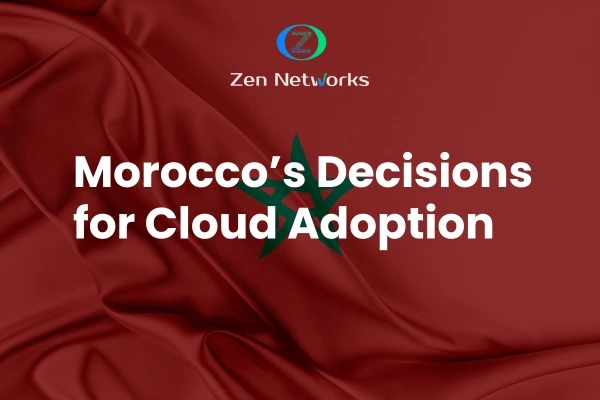OTA – Benefits and its Components
Benefits of OTA and why It's both crucial for subscribers and carriers
Benefits of OTA and its Components
OTA – Over-the-air is a wireless technology that is used for different purposes such as managing or communicating with a SIM card. Moreover, this technology also helps in downloading the applications to a SIM card. All of this is done without even connecting physically to the SIM card.
Overall, the main definition of the OTA can be that it is a technology that changed and updates the data in the SIM card without even reissuing a new one.
Working of OTA
OTA allows the network operator to bring out new SIM services or modify the SIM card’s contents remotely which are already in the field. The functioning of the OTA is dependent on the client/server architecture where an operator is working at the back-end of the system and at the other end, a SIM card is present.
An OTA gateway helps transform the requests into short messages is present through which the back-end operator sends requests that are then transmitted to one or several SIM cards in the field.
The user operating that SIM on his phone receives individual messages through which they can download the settings or any service that is sent by the operator at the back-end.
Components required for OTA Technology
If a carrier company is willing to implement OTA technology in their setup, they would require the following six components.
- A back end system is needed to send the requests
- An OTA Gateway is required to process the requests to make them understandable to the SIM card.
- An SMSC is required to send the requests through the wireless network.
- For transporting the requests, a bearer is required.
- A SIM card to receive and execute all the messages and requests is required.
- A cell phone is needed to receive those messages on the SIM card is also needed.
Back-end System
The back-end operator is more like a care operator who offers services to the users by providing content, a billing system, and other kinds of subscriptions.
The services that are requested and sent to the mobile phone through the SIM card are usually to activate or deactivate something and to modify the network. The back-end developer uses the OTA gateway to perform those actions.
OTA Gateway
This gateway receives all the requests linked with services or can help activate or update the SIM card features and functions.
Moreover, in the OTA Gateway, there is a card database that can show the card’s identification number, the IMSI, and the MSISDN. Once the service is created, it is transformed into a message that the recipient SIM card can understand.
To make this work, the OTA gateway comes with libraries that contain certain formats which the back-end operator can use for each SIM card brand. This way the OTA gateway can format the message depending on the SIM card that is being used by the recipient.
SMSC
The communication between the OTA gateway and the SIM card is done by the SMS exchange. This exchange allows the free movement of messages and that is why termed an SMS channel.
Mobile Phone
Mobile phone is the main source in which all the features and functions are applied and the standardized GSM services are also launched. However, if the user wants their phone to work with the OTA services, the mobile phone must have a SIM Tool Kit compliant functionality.
SIM Card
Known as Subscriber Identification Module and they can provide secure user authentication and are mainly used in GSM standards. SIM is one of the main components of the GSM market and it paves the way for all kinds of services that a network can provide to its users.
It provide pre-recorded numbers for speed dialling and they can send pre-formatted short messages and much more.
Benefits of OTA
Some of the benefits of Over-the-Air Technology are listed below:
- Increasing the functionality through updates to one or more devices.
- Saving the cost of managing the updates from a remote platform.
- Correcting security vulnerabilities
- Increasing and enhancing the capacity and capability of devices and SIM cards even when the SIM cards are in the hands of the users.
- Allowing the operators to enhance the scalability to add new features to the products after their launch.
- Updating SIM cards to ensure that they include the latest security standards
The service center for short messages is known as SMSC and these messages are exchanged between the management system and the cellular network.
A message with a size of 160 alphanumeric characters can be sent to or from a mobile phone. Even if the mobile phone is off or is not in range, the message will be stored and sent once it hits the signals.
After reading this article, we aim to inform you that Zen Networks provides services around IT solutions.
Furthermore, Zen Networks provides various IT solutions, such as IT Monitoring services, Cloud services, Agile solutions, Automation, DevOps, and more and more.
With the help of our experts in the domain, we can help you develop your business so we do provide additional benefits to our current customers.
Contact us NOW to get a free consultation and why not a free quote too!!
Author






